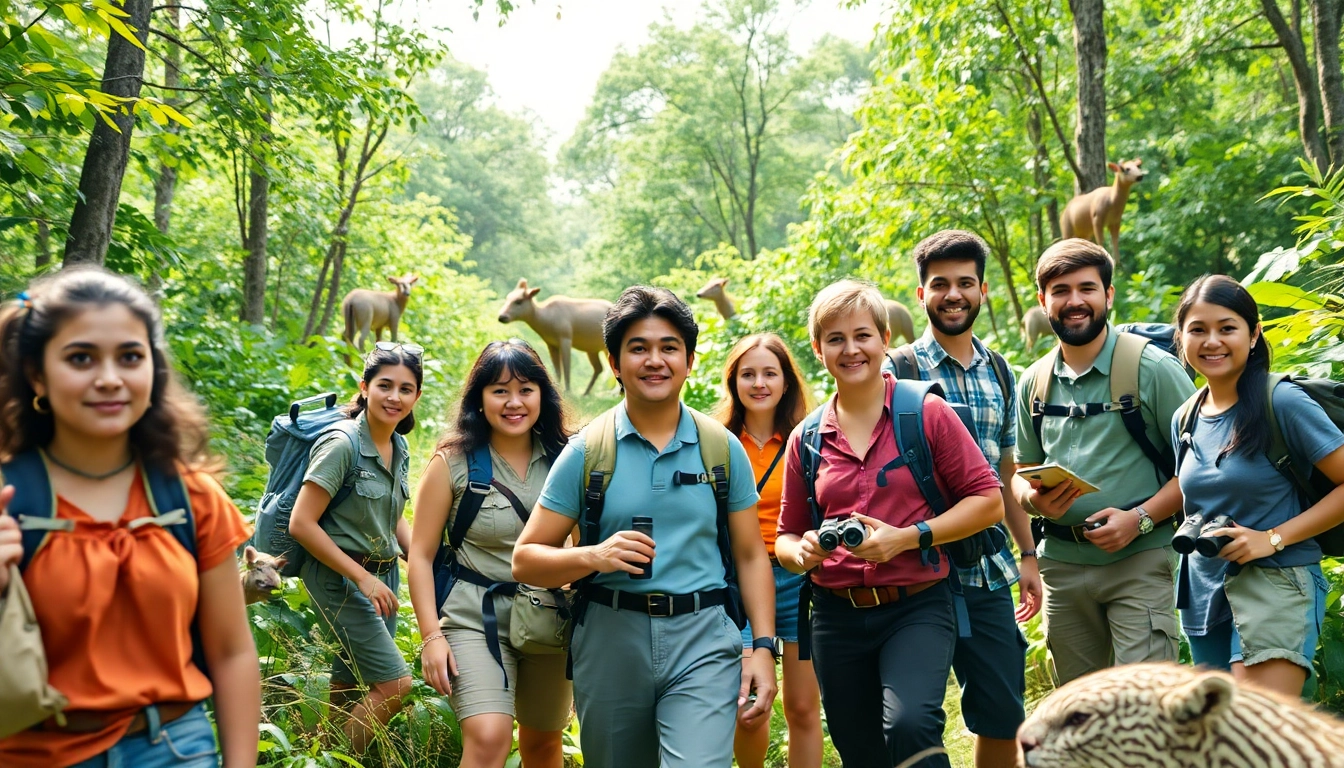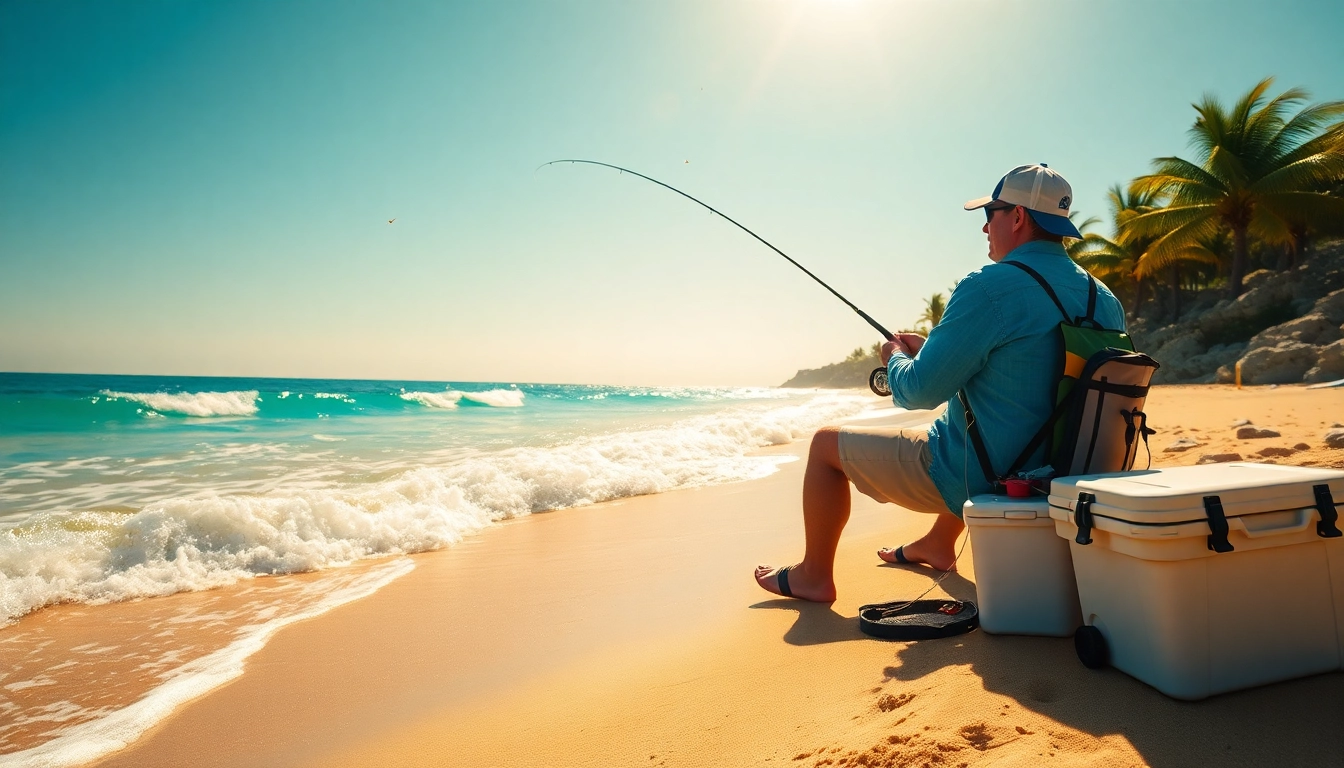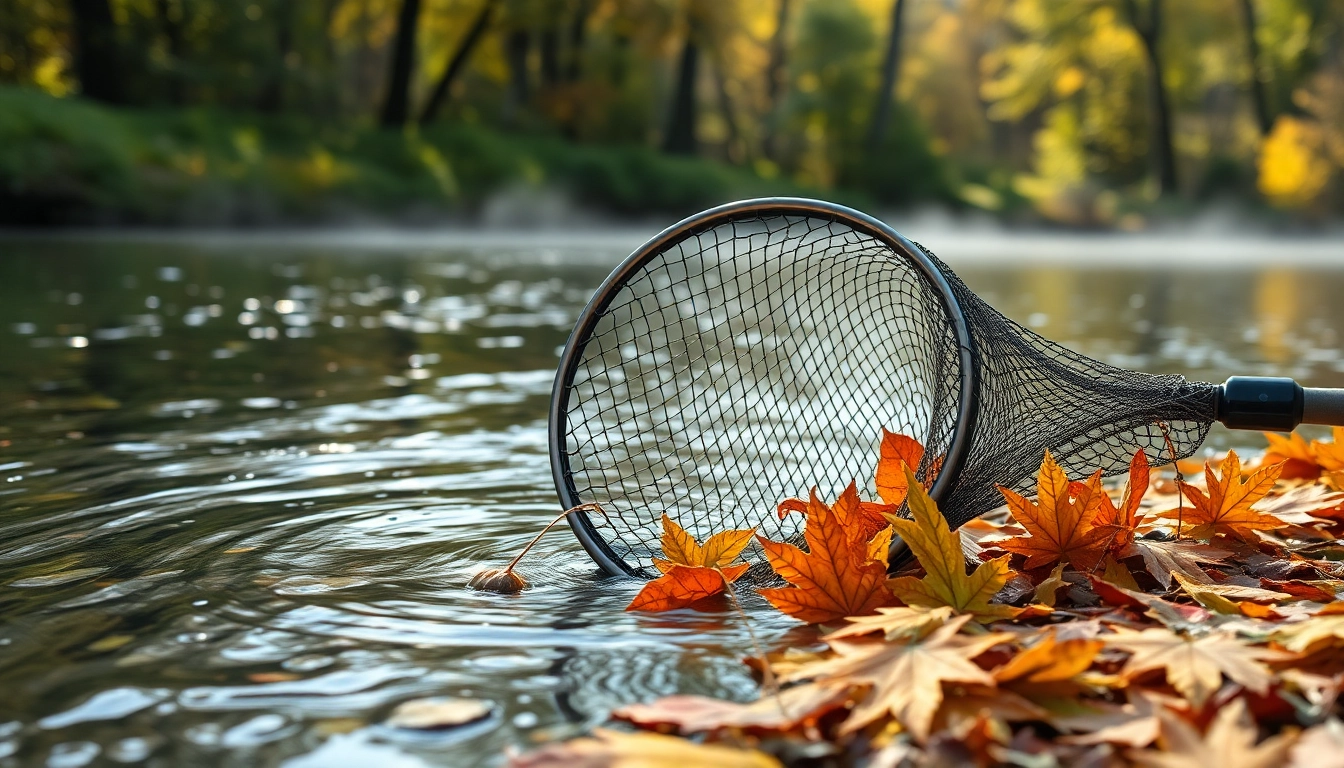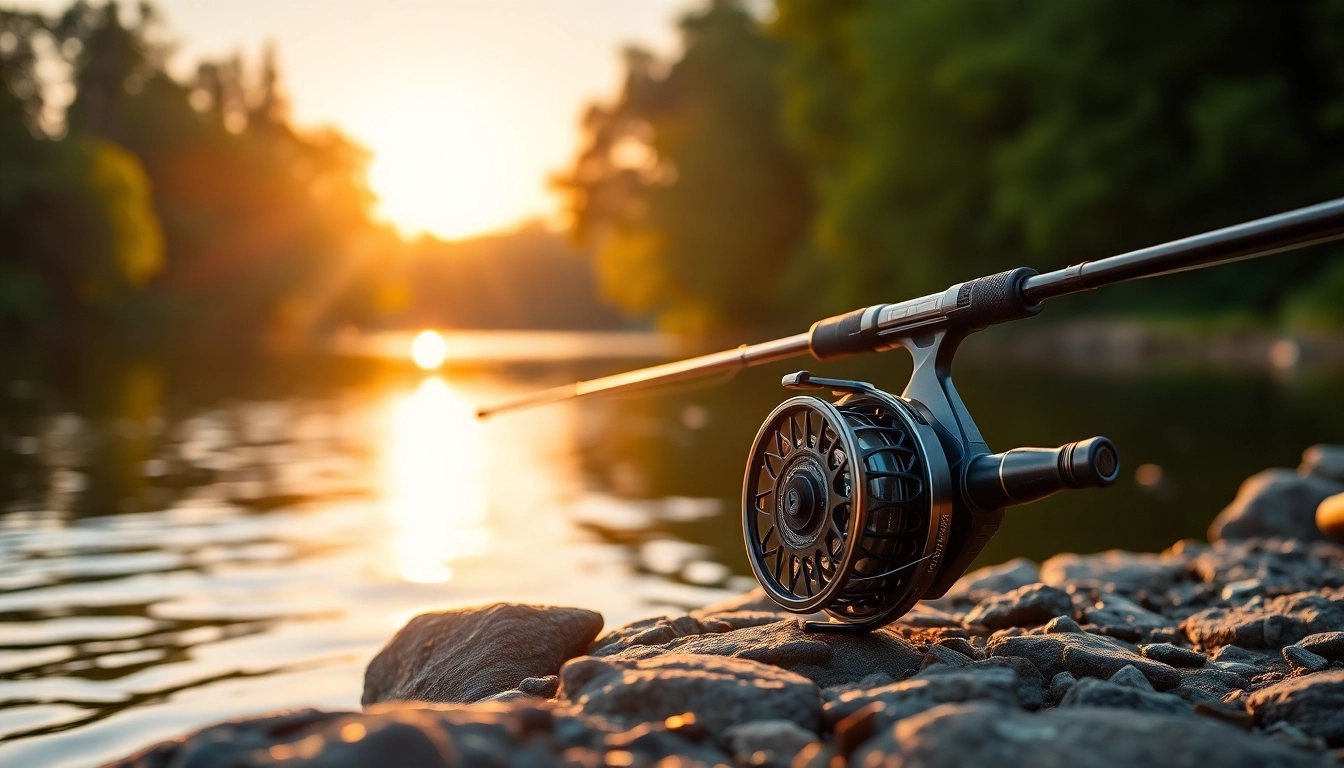Wildlife Adventures Await: Engage with Nature at www.sudswild.com
Understanding the Wildlife Experience
The Importance of Wildlife Conservation
Wildlife conservation is crucial for maintaining the biodiversity of our planet. It aims to protect species from extinction and preserve their natural habitats. With habitat loss, climate change, and poaching posing significant threats, conservation efforts are more critical than ever. In addition to preserving biodiversity, conservation efforts foster a deeper understanding of ecosystems and the interconnectedness of life forms. By promoting wildlife conservation, we not only protect the species we admire, such as majestic elephants or delicate sea turtles, but we also ensure the health of the ecosystems that support human life.
Initiatives, such as creating protected areas and wildlife reserves, play a vital role in these efforts. They provide safe havens where species can thrive without human interference. For instance, the introduction of measures like anti-poaching patrols and community engagement has led to successful recoveries in certain wildlife populations. This only underscores the essential truth: an investment in wildlife is an investment in our future.
How Nature Experiences Enrich Our Lives
Engaging with wildlife offers profound experiences that enrich our lives in numerous ways. Not only do these interactions boost our mental well-being—reducing stress and anxiety by connecting us with the natural world—they also cultivate a sense of responsibility and stewardship towards our environment. Studies have shown that regular exposure to nature not only increases happiness but also enhances creativity, memory retention, and overall cognitive function.
Whether it’s a tranquil hike through pristine forests or a thrilling safari adventure, wildlife experiences can create lasting memories that inspire individuals to advocate for conservation. Learning about diverse species and their habitats fosters empathy, enabling a connection between people and the wildlife they wish to protect. The more we understand the delicate balance of ecosystems, the more motivated we become to champion conservation efforts.
Different Types of Wildlife Encounters
From guided tours and wildlife safaris to eco-volunteering programs, there are various ways to engage with wildlife. Each type of encounter can provide unique insights and experiences.
- Wildlife Safaris: These are organized excursions, often in national parks, where one can observe wild animals in their natural habitats. Safaris can vary from luxurious experiences to more affordable options, catering to diverse interests and budgets.
- Birdwatching: A more niche yet increasingly popular activity, birdwatching provides enthusiasts with the opportunity to observe and learn about various bird species in their natural settings, often accompanied by knowledgeable guides.
- Marine Wildlife Tours: Kayaking or boating tours allow participants to observe marine life, such as dolphins, whales, and turtles, from a distance while respecting their natural behaviors and habitats.
- Eco-Volunteering: Engaging in conservation-focused volunteer programs provides hands-on experiences while contributing to the preservation of wildlife. This often includes tasks such as data collection, habitat restoration, and community education.
Planning Your Visit to www.sudswild.com
Essential Gear for Wildlife Adventures
When planning a wildlife adventure, having the right gear is paramount. The choice of equipment may vary depending on the specific type of encounter or environment. However, certain essentials are universally recommended for wildlife excursions:
- Binoculars: These are essential for observing wildlife from a distance without disturbing their natural behaviors. Look for lightweight, waterproof options with good magnification.
- Camera: Wildlife photography is a rewarding way to capture your experiences. A camera with a decent zoom lens will enable you to record moments that might otherwise go unnoticed.
- Appropriate Clothing: Dress in layers, and choose materials that wick away moisture and dry quickly. Neutral colors are recommended to blend into the surroundings and minimize disturbance to wildlife.
- First Aid Kit: Always be prepared for minor injuries. A basic first aid kit should include supplies for cuts, insect bites, and other common outdoor mishaps.
Choosing the Right Season to Visit
Timing your trip to coincide with seasonal wildlife behaviors can vastly enhance your experience. Different animals have specific migration patterns, breeding seasons, and feeding behaviors that can affect sighting opportunities.
For example, visiting during migration seasons provides unique opportunities to witness large groups of birds or herds of elephants moving to greener pastures. Moreover, certain times of year might align with special events such as animal births, making them an attractive option for wildlife enthusiasts.
Researching the best times to visit specific locations, such as those mentioned on www.sudswild.com, can drastically improve the likelihood of unforgettable wildlife encounters.
Understanding Safety Protocols
Safety should never be compromised during wildlife encounters. Understanding the basic protocols for interacting with wild animals not only protects you but also minimizes stress on the animals themselves. Here are key safety measures to consider:
- Keep Distances: Always maintain a respectful distance from wild animals to avoid stressing them. Use binoculars or zoom lenses to view them safely.
- Do Not Feed Wildlife: Feeding wild animals can disrupt their natural foraging behaviors and can lead to dangerous situations for both humans and animals.
- Follow Guide Instructions: If you’re part of a guided tour, adhere closely to your guide’s instructions. They are trained to handle potential dangers and to protect both the wildlife and participants.
- Wear Protective Gear: In certain environments, protective clothing may be necessary to avoid bites, stings, or plant-related injuries.
Making the Most of Your Wildlife Adventure
Engagement Techniques for Observing Wildlife
To maximize wildlife observation experiences, employing thoughtful engagement techniques is essential. Here are some tried-and-true practices:
- Stay Quiet: Noise can disturb the animals or lead them to retreat. Maintain a low level of sound, and communicate with fellow travelers in hushed tones.
- Be Patient: Wildlife encounters often require patience. Waiting quietly in one spot can significantly increase the chances of witnessing exciting behaviors and interactions.
- Observe Body Language: Understanding animal body language can give insights into their moods and behaviors, improving your overall experience and safety.
Cultural Insights on Wildlife Interactions
Respecting and understanding the cultural context of wildlife interactions enhances the experience. Different cultures have their unique perspectives and traditions regarding animals, which can provide deeper insights into our relationship with wildlife.
For example, in some Indigenous cultures, certain animals are considered totemic or sacred, representing deeper spiritual meanings. Engaging respectfully with local customs and acknowledging these perspectives can enrich your experience and promote mutual understanding.
Documenting Your Experience
Keeping a record of your wildlife interactions not only enriches your personal journey but can also aid in broader conservation efforts. Here are a few methods to effectively document your experience:
- Journaling: Writing down your observations, feelings, and learnings during your trips helps reflect on your experiences and fosters a deeper connection with nature.
- Photography: Capturing images can make memories tangible. Responsible photography, emphasizing ethical practices, can raise awareness about wildlife and conservation.
- Participate in Citizen Science: By contributing to data collection for research efforts, you can play a vital role in wildlife monitoring and conservation, just by documenting your sightings and experiences.
Connecting with the Wildlife Community
Joining Forums and Group Events
Becoming part of the wildlife community allows enthusiasts to share experiences, exchange knowledge, and engage in collective conservation efforts. Online forums and local wildlife groups offer platforms for connecting with like-minded individuals.
Events such as wildlife festivals, nature walks, and community clean-up days are excellent ways to immerse yourself in the community while learning about local ecosystems and conservation efforts.
Volunteering Opportunities
Volunteering with conservation organizations can be a rewarding way to connect with wildlife while making a difference. Many organizations focus on habitat restoration, animal rehabilitation, and educational outreach—all essential components of successful conservation efforts.
Programs available through platforms linked on www.sudswild.com can connect you with local or international opportunities that align with your interests. Volunteering not only builds meaningful connections with wildlife but also enriches your understanding of the conservation challenges faced today.
Sharing Your Experiences on Social Media
In today’s digital age, sharing wildlife experiences on social media can amplify the message of conservation. Posting pictures, writing firsthand accounts, and using relevant hashtags can engage and inspire others.
Platforms such as Instagram, Twitter, and Facebook allow for vibrant communities that prioritize wildlife education and conservation messaging. Consider joining groups focused on wildlife advocacy and actively participating in discussions about the importance of protecting our natural world.
Evaluating Your Impact on Nature
Measuring Your Footprint during Wildlife Visits
Each interaction with nature leaves a footprint. Evaluating the impact of your wildlife experiences contributes significantly to personal growth and environmental stewardship. Start by assessing your travel choices, accommodation, and activities.
Are you choosing eco-friendly lodges? Are your activities respecting wildlife and their habitats? Keeping track of your environmental impact helps foster awareness and encourages others to make responsible choices as well.
Promoting Sustainable Practices
Sustainable tourism is a key element in the shift towards responsible wildlife experiences. Promoting best practices can mitigate damage to ecosystems while enhancing enjoyment.
Simple actions, such as minimizing waste, using reusable products, and learning about local ecosystems, can significantly enhance the sustainability of your wildlife adventures. Encourage others to join you in promoting practices that protect wildlife and their habitats.
Feedback and Improvement for Future Visits
Reflecting on your experiences helps refine your approach to future wildlife encounters. After your trips, take time to evaluate what worked, what didn’t, and how you can improve your practices.
Engage with organizations and local guides to offer constructive feedback based on your observations. This contributes to the improvement of conservation strategies and awareness initiatives, ensuring that your impact continues beyond your individual experiences.














Post Comment